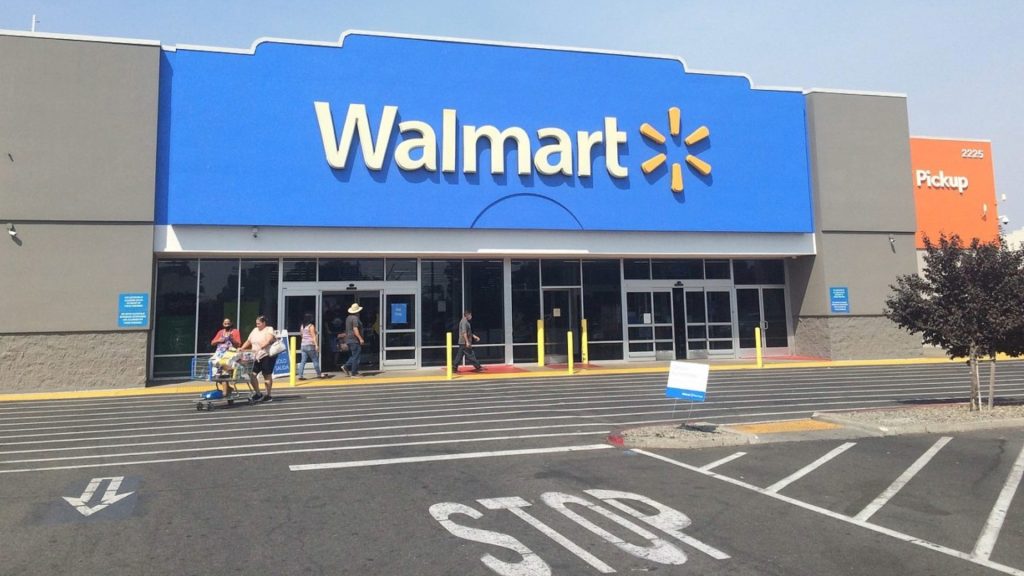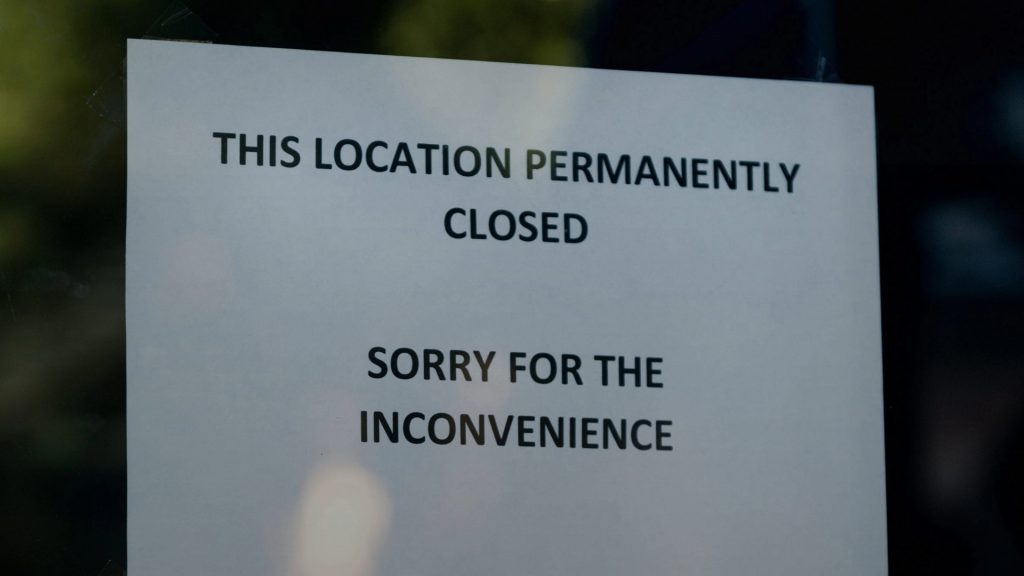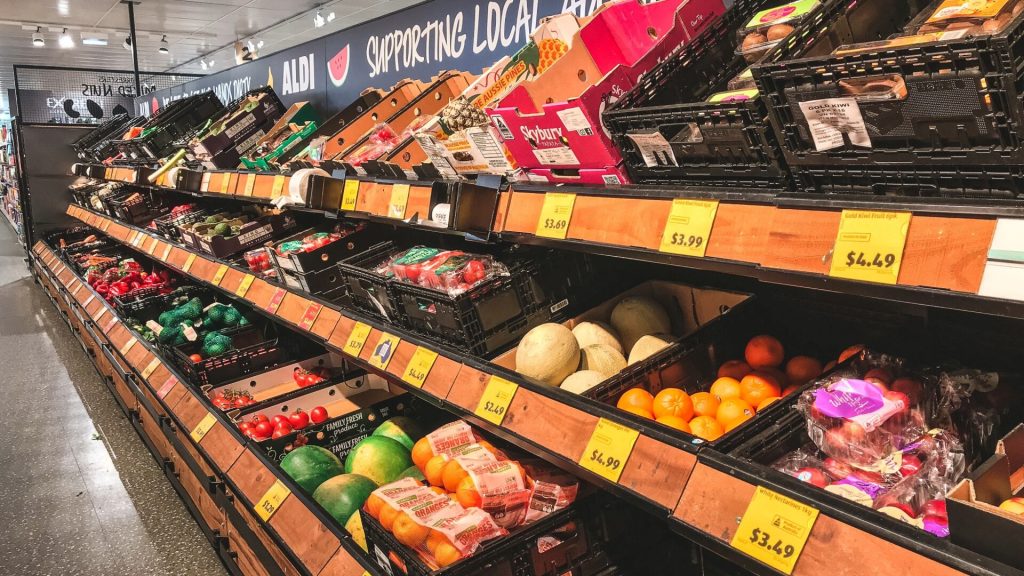The retail landscape has undergone a seismic shift in the last few decades with the rise of big-box retailers like Walmart. As these massive stores have expanded into communities nationwide, the impact on small independent businesses has been profound.
Small businesses are the backbone of communities and local economies. They provide jobs, support other area businesses, and give neighborhoods unique character. However, small businesses frequently struggle when a big box retailer moves into an area. Some can adapt, but many are forced to close their doors for good.
The Rise and Spread of Walmart Stores
Walmart’s rapid expansion and spread of supercenters across the U.S. has led to the demise of many small, local businesses. As Walmart establishes a presence in new towns and cities, the surrounding mom-and-pop stores struggle to compete with the retail giant’s low prices and convenience.

A study of Walmart’s impact on Chicago’s West Side provides a sobering example. Researchers found that within two years of a Walmart supercenter opening in 2006, 82 local stores went out of business. Instead of boosting economic activity and job growth like Walmart promised city officials, the new store absorbed the sales of other area retailers and contributed to numerous store closures.
The Walmart Strategy Wave
Walmart’s strategy of slashing prices to drive competitors out of business has devastated small downtowns across the U.S. As more sales shift to the supercenters, the downtown shops lose foot traffic and revenue. Without customers, many are unable to continue operating.

While Walmart touts low prices and job creation, the harsh reality is that it destroys more local jobs and businesses than it produces. By monopolizing retail in small towns and cities, Walmart weakens the commercial fabric of communities and drains them of their uniqueness.
Case Studies: Walmart’s Impact on Local Businesses
Walmart’s presence often has a devastating impact on small, locally-owned businesses. Case studies show that within a few years of a Walmart supercenter opening, dozens of small businesses in the surrounding area end up closing.

One compelling example is what happened after Walmart opened a supercenter in Chicago’s struggling West Side neighborhood in 2006. According to a study by Loyola University, 82 nearby stores were forced to shut their doors within two years of Walmart’s arrival.
Glendale, Arizona: Another Walmart Victim
A similar story played out in Glendale, Arizona. In 2007, Walmart opened a supercenter that the company claimed would create 200 new jobs. However, according to David Neumark, an economics professor at UC Irvine, the new Walmart destroyed nearly 300 jobs at local businesses within a year and a half.

The impacts seem particularly devastating for small retailers like clothing stores, grocers, and pharmacies selling goods and services similar to Walmart. These businesses struggle to match Walmart’s cut-throat low prices and often cannot survive the competition.
Employment Effects: Do Walmarts Create or Destroy Jobs?
Walmart’s impact on local employment is hotly debated. While Walmart argues that their stores create jobs, critics say they destroy more than they create. According to several studies, three local jobs are eliminated for every two jobs Walmart creates.

David Neumark found that Walmart’s arrival in a new county led to a 2-4% decline in retail employment. This amounts to the loss of 3 retail jobs for every two jobs created by Walmart. Neumark attributes this to Walmart’s size and efficiency, which allow the company to offer lower prices than competitors and gain significant market share.
Walmart’s Impact on Sales Tax Revenue Growth
A study by economist Stephan Goetz found that local sales tax revenue declined two years after a Walmart supercenter opened in a suburban Chicago neighborhood. The ZIP code containing the store saw an 18% increase in sales tax revenue in the first year after opening but an 11% decrease by the third year.

Overall, the research showed the total sales tax revenue for the two ZIP codes declined in the years following the Walmart opening. Before the store opened, the areas were experiencing healthy annual sales tax growth of 6.7% and 4.3%, respectively.
Distance Matters: The Closure Effect on Nearby Businesses
The closure of nearby small businesses is one of the most criticized consequences of Walmart’s supercenter model. According to a study by the University of Illinois Chicago, the massive retailer’s superstores have been linked to increased closure rates of surrounding stores, especially those within a mile of a new Walmart location.

Research shows that the closer a small business is to a newly opened Walmart supercenter, the more likely it is to shut down. Every mile closer to the superstore increases the chance of closure by 6%. Businesses within a mile of a new Walmart have a 35-60% likelihood of closing within two years. The impact is devastating for stores in the same industry, like pharmacies, home furnishings, hardware, and toys.
A Zero-Sum Game?
Walmart argues that its supercenters create jobs and boost local economic growth. However, the UIC study found that the jobs and sales tax revenue generated by a new Walmart largely replaced what was lost from small business closures.

The findings suggest that communities should not expect a net gain in jobs or tax revenue after a Walmart supercenter opens. At best, the impact is neutral. For small business owners nearby, the effect is decidedly negative.
Industries Most Affected by New Walmart Locations
Walmart’s arrival often spells doom for certain types of small businesses, especially those in close proximity. These retailers offer many of the same products and services that Walmart provides but at higher prices due to their smaller scale.

Restaurants and clothing stores, on the other hand, are less affected since they typically offer more specialized goods and services. While customers may buy basics at Walmart, they continue frequenting local eateries and boutiques for dining out or fashion finds.
Small Towns Left Without Groceries When Walmarts Leave
When Walmart stores leave small towns, the effects can be devastating. Local communities are often left without easy access to groceries and other essential goods. According to a study by Loyola University, within two years of a Walmart store opening in Chicago, 82 local stores went out of business.

For example, when Walmart announced in January 2021 that it would be closing 102 of its smaller Walmart Express stores across the U.S. to focus on larger supercenters, many small towns were left with no grocery or retail options at all.
Oriental is Not Alone in This Fight
Oriental is not alone in facing this issue. Walmart announced in January 2020 that it would be closing all 102 of its smaller Express stores, many located in isolated towns, to focus on its larger supercenters and mid-sized neighborhood markets.

The closures often come without warning, leaving towns with no time to prepare. Local governments are put in the difficult position of trying to attract new grocery stores to fill the void, knowing it can take years and significant tax incentives or other perks to lure new businesses.
The Perspectives: Walmart Claims Versus Independent Research
Walmart claims its superstores boost local economies and create jobs. Independent research, however, paints a very different picture.

Walmart spokesperson Steven Restivo states, “Anyone who has actually walked the neighborhoods on the west side, talked with elected officials there, or met with businesses in the surrounding area knows the positive economic impact our store has had on the surrounding area.
Findings From Loyola University Study
In contrast, a study by researchers at Loyola University examining a Chicago Walmart found that within two years of opening, 82 local stores went out of business. Rather than growing Chicago’s retail economy, Walmart took over it – absorbing sales from other city stores and closing many in the process.

Additional research by Neumark, Zhang, and Ciccarella determined that for every two jobs Walmart “creates,” three local jobs are lost. A New York Federal Reserve survey found that while small businesses seek loans to expand, most receive little to none of the funding they request.
Sales Tax Revenues Decline
A study of a Walmart opening in Chicago found that in the two ZIP codes closest to the store, sales tax revenues grew quickly at first but then declined. Before the opening, revenues were increasing 6.7% and 4.3% annually. After the opening, revenues spiked to almost 18% but then dropped to -11% and -3% in the ZIP codes.

While Walmart claims to boost local economies, research studies indicate their superstores significantly reduce employment and revenue for communities. Neighborhood businesses that have long supported local neighborhoods may suffer, countering Walmart’s assertions.
The Future: Can Walmart and Local Businesses Coexist?
The future of Walmart and small local businesses coexisting remains unclear. While some studies show that Walmart’s presence can negatively impact nearby small businesses, others argue that Walmart and small businesses can thrive side by side by offering different products and services.

The future remains unclear, but with effort on both sides, Walmart and small businesses may find a way to survive and even thrive together. Communities value the hometown feel of locally-owned stores, but they also appreciate Walmart’s convenience and low prices.






